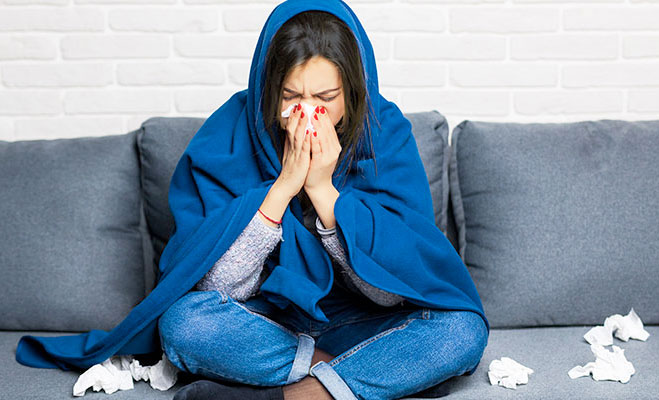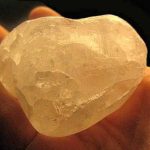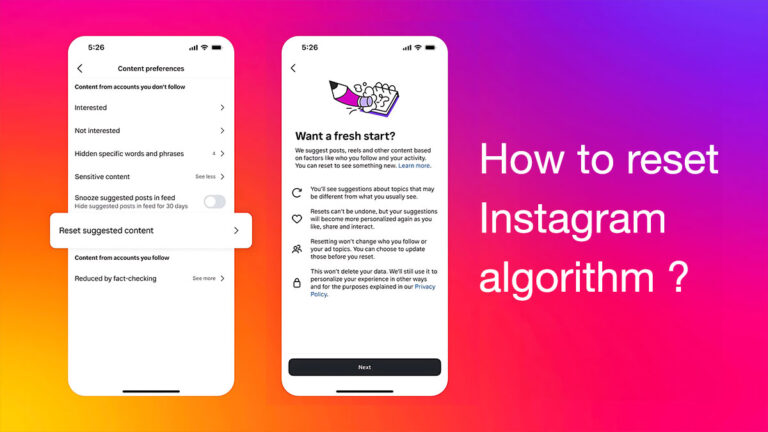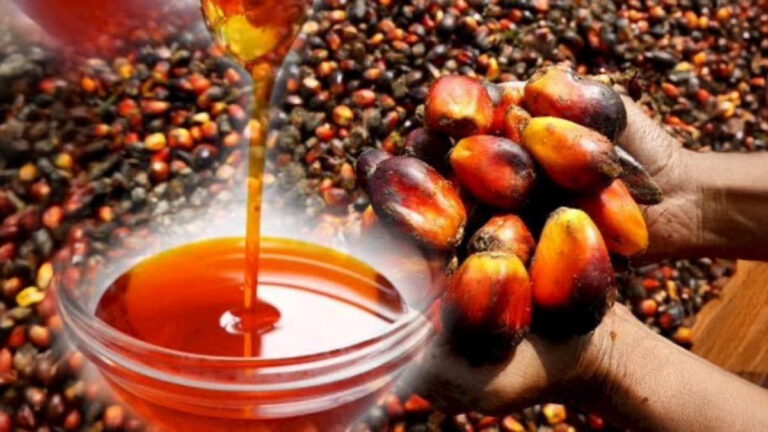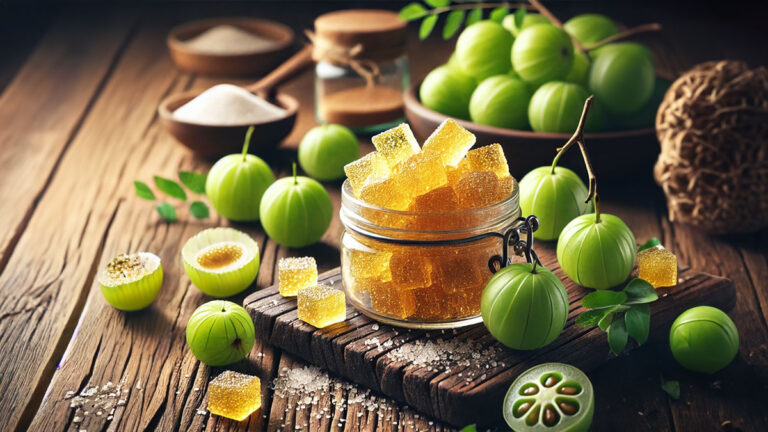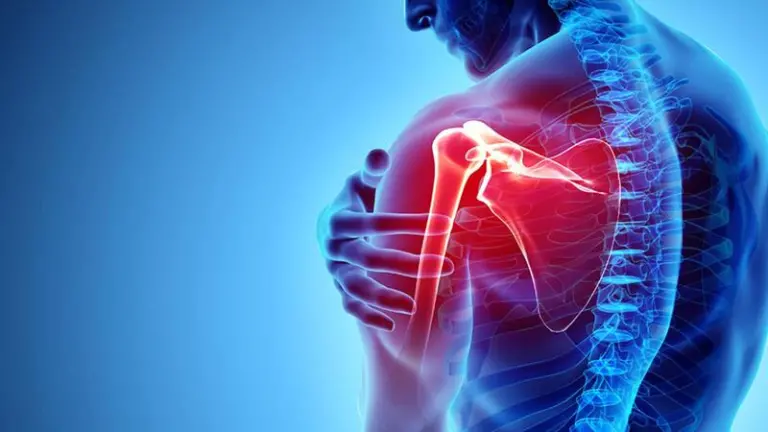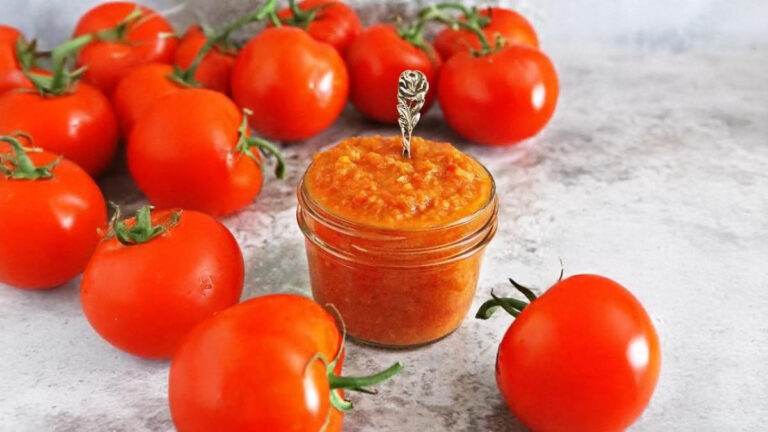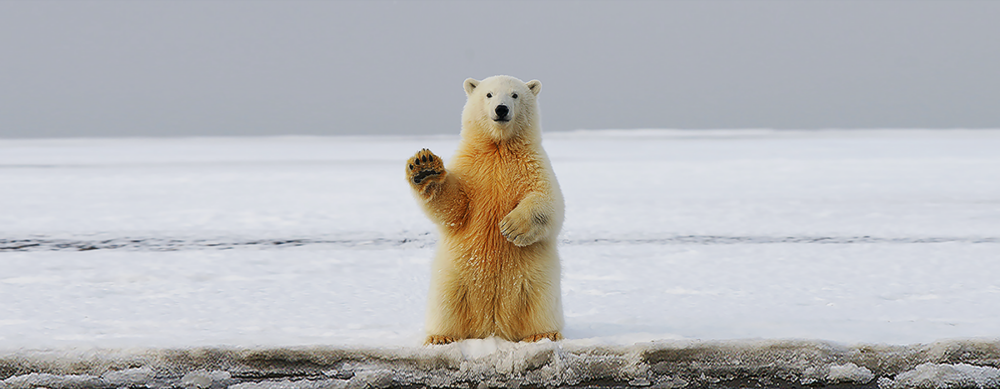India usually receives annual rainfall between June and September, which provides relief from the scorching heat, although the rains provide relief to a large extent, but monsoon also bring a plethora of diseases and infections.
The risk of exposure to viruses, bacteria and other infections is higher in monsoon than in other seasons. Excessive moisture in the air and puddles due to stagnant water during rains enables microorganisms to thrive in these conditions.
Inevitably, these types of diseases go undiagnosed, leading to morbidity, mortality and further transmission in the community. By adopting basic hygiene, preventive measures, and receiving an early and accurate diagnosis followed by proper treatment, individuals and communities can remain healthy and safe from infectious diseases.
Types of Monsoon Infections
Monsoon is the primary breeding season for mosquitoes and mosquito-borne diseases such as malaria, dengue, chikungunya and Zika. India has a significant burden of mosquito-borne diseases, accounting for 11 per cent of global malaria and 34 per cent of global dengue cases. The best way to prevent these diseases is to use insecticide nets and mosquito repellents.
The risk of exposure to several air-borne viral infections such as common flu, influenza and other viruses that cause viral fever, cold, cough, sore throat also increases during monsoon. These are mostly mild, but are easily transmitted.
People with weakened immune systems, such as senior citizens, immunocompromised individuals and children, are more vulnerable to serious illness. Water-borne diseases such as cholera, typhoid, hepatitis A and E, and other gastrointestinal infections cause considerable illness and can result in significant loss of life.
It is a leading cause of death in children under five years of age. Consuming boiled water, avoiding street food, ensuring personal and environmental hygiene such as washing hands, keeping the surroundings clean and vaccinating children are some of the preventive and precautionary steps that can help in keeping oneself safe from water borne diseases. We do.
Leptospirosis is another bacterial disease that spreads through contact with contaminated water or mud during monsoon. If a person is hurt, he should cover it before leaving the house

